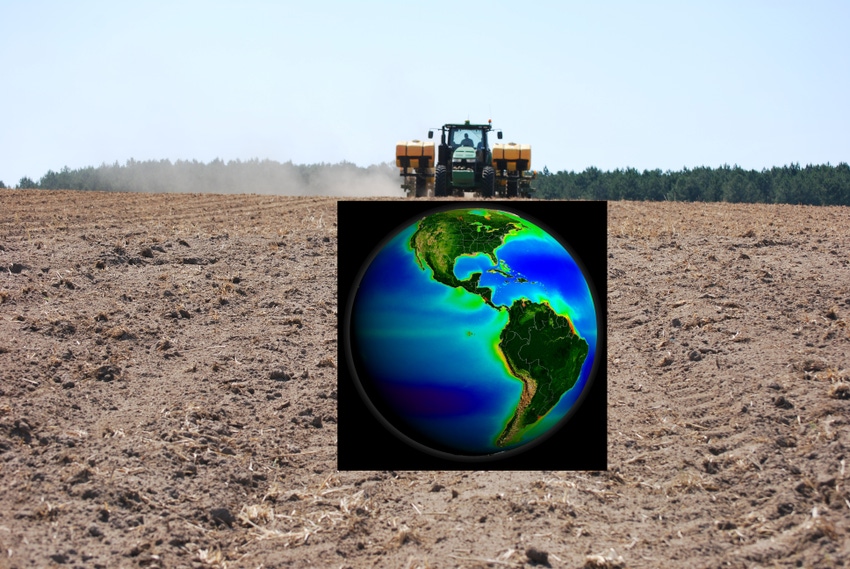August 17, 2016

The El Niño-Southern Oscillation, or ENSO, is in a neutral condition right now but showing signs of heading into its La Niña phase, which has its own particular effect on Southern weather.
According an Aug. 16 analysis by the National Oceanic and Atmospheric Administration, commonly called NOAA, the equatorial sea surface temperatures, or SST, are near or below average in the east-central and eastern Pacific Ocean. La Niña is favored to develop from this oceanic event between August and October, with about a 55 percent to 60 percent chance of a La Niña during the fall and winter.
So, what does that mean for weather in parts of the Southeast? Pam Knox, agricultural climatologist for the Crop and Soil Sciences Department at the University of Georgia, knows more than a thing or two about Southeast climate and farming, and she says:
A weak La Nina will mostly affect south Georgia. The north is generally only affected by the strong ones. In north Georgia other factors, like Atlantic Ocean temperatures, become more important than La Nina in a weak phase.
If the La Nina is stronger, then the warmer and drier conditions would be likely to occur in north Georgia as well as south Georgia.
Statistically, La Nina is most likely to cause a warmer and drier-than-usual fall and winter. It is also linked to a more active tropical season in the Atlantic. So even though in general we would expect drier conditions, if a storm comes right over you that would override the dry conditions along the path.
La Nina is also one of the things we watch when looking at drought for the next growing season, since the dry conditions make it harder to build up adequate soil moisture over the winter to get us through the hot summer growing season.
For Florida, La Niña generally means drier-than-normal conditions statewide during fall and winter. Across the peninsula, the probability of warmer-than-normal conditions is higher, too, according to the Florida Climate Center and state climatologist office.
The Farmers’ Almanac, which is celebrating its 200th anniversary right now, has a different take on winter weather in 2017. According to its most recent edition, released Aug. 15, the Southeast can expect colder and wetter weather for the 2017 winter. We’ll see which source, NOAA or the almanac, comes closest to the horseshoe stake come spring. I’m taking bets if anyone is interested. Let’s make the spread NOAA’s La Niña minus 19.5 points.
Take care, good luck and thanks for reading.
You May Also Like




